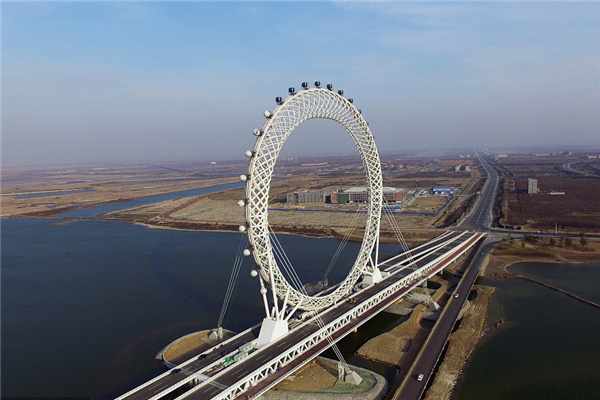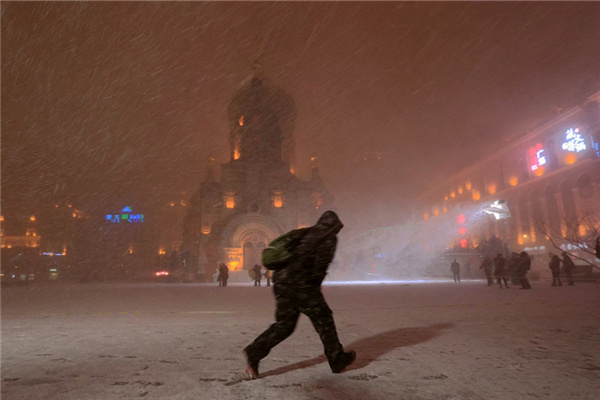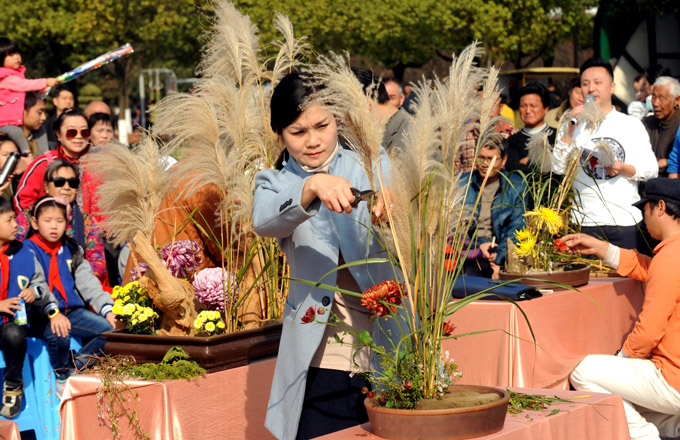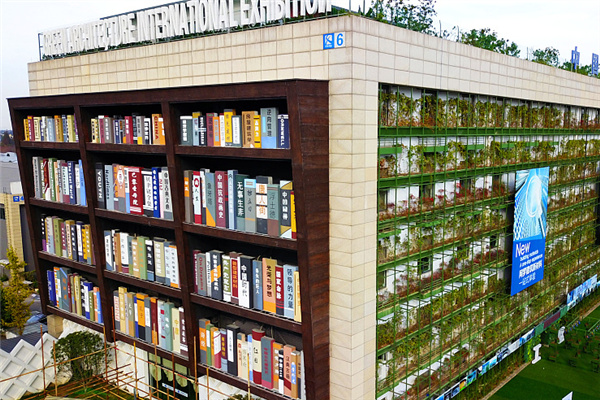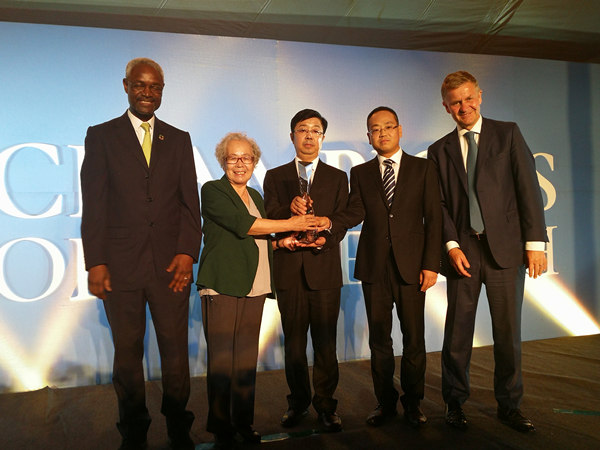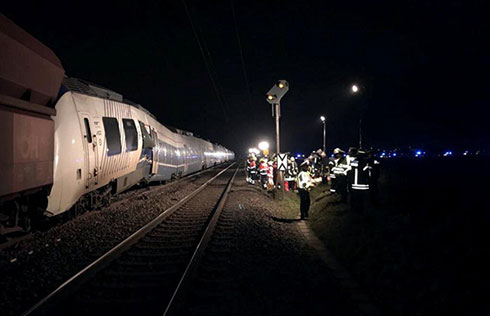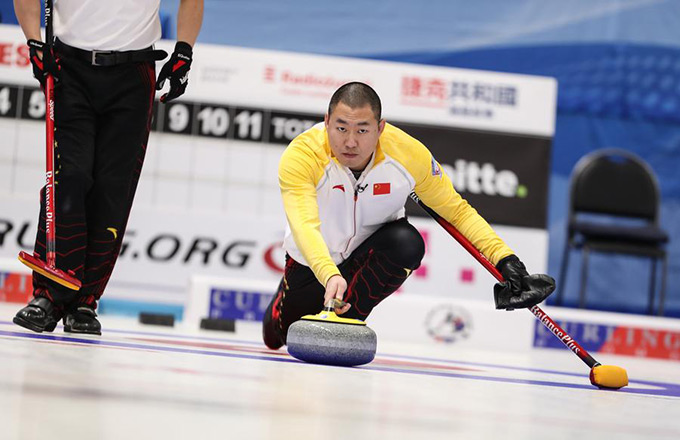

When Murat Shamshinurov toasted this year's harvest with a glass of vodka, he did so with confidence.
A fleet of new Dutch combine harvesters, better seeds and a mild winter promise a bumper crop at the farms he runs in Russia's fertile Black Earth region. This prosperity is the result of a $175 million investment by Nastyusha, the grain-trading firm that bought the land in 2006.
Shamshinurov's situation is not unique: investors are plowing money into Russia's open lands to resuscitate the long-neglected farm sector and supply a world in ever greater need of food. This year's Russian wheat crop promises to be the best in 30 years.
"The opportunity for agriculture in Russia is remarkable. It has the potential to be one of the truly key sectors of the economy," says Sid Bardwell, general manager in Russia for US agricultural equipment supplier Deere & Co.
Russia, the world's fifth-largest grain grower and exporter, expects a total grain crop of at least 85 million tons this year, up 4 percent on 2007, but the country has yet to surpass Soviet-era production levels on a sustained basis.
Only 13 percent of Russian land is used for agriculture, compared with a world average of 38 percent, while a hectare of wheat yields an average 1.9 tons - much less than the US average of 2.8 tons and 5.5 tons in the European Union.
Therein lies the potential.
"Agriculture, even with the current low level of efficiency, is still a profitable business thanks to government support," Renaissance Capital analyst Natalya Zagvozdina says.
"Imagine what it would be like if efficiencies increase."
Land grab
Prices for wheat, rice and maize hit records this year as droughts in grain-growing countries exacerbated a shortage at a time of high global demand. This makes Russian agriculture even more attractive as production costs are relatively low.
Wheat accounted for 60 percent of Russia's total grain crop last year, or 49.4 million tonnes. Moscow-based analyst group SovEcon says the 2008 wheat crop could rise to as much as 54.2 million tons, which would be the highest since 1978.
The country also grows large quantities of barley, as well as maize, rye and buckwheat.
"The returns on investment are dramatically higher than they used to be," says Kingsmill Bond, chief strategist at investment bank Troika Dialog.
"Increase yields to 5 tons per hectare, sell at $250 per ton, keep costs to $700 per hectare and you've got $550 of profit per hectare. But actually achieving that is very tough."
Fertilizer and fuel costs are rising worldwide, while investment is needed in equipment and seeds to increase yields and offer insurance against Russia's typically cold winters.
Investor appetite for the sector, coupled with the need for cash to develop land, will add to the $420 million in new capital raised by Russian agribusiness firms since November.
Zagvozdina says Russian farm companies were likely to raise a further $500 million to $1.5 billion by the end of the year, either through initial public offerings or private placements.
Investors ranging from Western funds to English farmers want firstly to buy land in Russia.
"Russia was the bread basket of Europe 100 years ago. The quality of land is exceptional, but the neglect of this land during Soviet times was astounding," says Sergei Glaser, a manager at Vostok Nafta Investment Ltd.
Rural life got even harder after the break-up of the Soviet Union in 1991. Land lay fallow and machinery was left to rust.
Glaser's fund, with $1 billion in assets under management in the former Soviet Union, owns a quarter of Black Earth Farming, a Swedish-listed firm named after the fertile belt of soil that stretches from eastern Europe to the banks of the Volga River.
Agricultural revival
Agriculture contributed 5 percent of Russia's GDP of 32.5 trillion roubles ($1.4 trillion) in 2007. Farming accounts for about 10.5 percent of the country's work force, compared with 2.5 percent in the United States.
About $3.3 billion from this year's federal budget was committed to the sector, with the same amount again supplied by regional governments, says Dmitry Rylko, general director of the Moscow-based Institute for Agricultural Market Studies.
This money, plus the rising private investment, is funding a move by large agribusiness firms - whose assets include land, grain elevators, flour mills and port terminals - to establish themselves as reliable, long-term suppliers to global markets.
"Russia has come to the front line of grain exporters," says Yuri Makarov, senior economist at the London-based International Grains Council, which forecasts Russia could account for 11 percent of world wheat exports in the 2008/09 marketing season.
There is also a second, less advanced thrust to investment in Russian farming: the development of a thriving livestock sector reared on home-grown fodder crops to cut the country's dependence on imported food products.
Despite having an exportable surplus of grains, Russia still imports over a third of its poultry and a quarter of its beef, spending $4.5 billion on meat and poultry imports last year.
Nastyusha's strategy in the Lipetsk region of central Russia follows this model of using high-quality wheat to produce flour and bread, while also rearing cattle and producing its own milk.
Originally a trading firm, it has united 29 former collective farms in Lipetsk over the last two years as the basis for a vertically integrated farming operation.
"It's essential for the development of the agricultural sector," Shamshinurov, who runs Nastyusha's 130,000 hectares in Lipetsk, said as he stood in fields of golden wheat that will be processed at the company's flour mills in Moscow.
Authorities in Lipetsk, 450 km (280 miles) southeast of Moscow, describe their region as the 'Pearl of the Black Earth'. Yields at Nastyusha's farms are set almost to double to 6 tons per hectare this year. Similar results can be seen elsewhere.
"Learning to apply Western technology in a Russian environment has led to better crops," says Richard Willows, an ex-grain trader who left England six years ago to run Heartland Farms in the Penza region at the invitation of the local governor.
Agencies
(China Daily 08/11/2008 page11)


